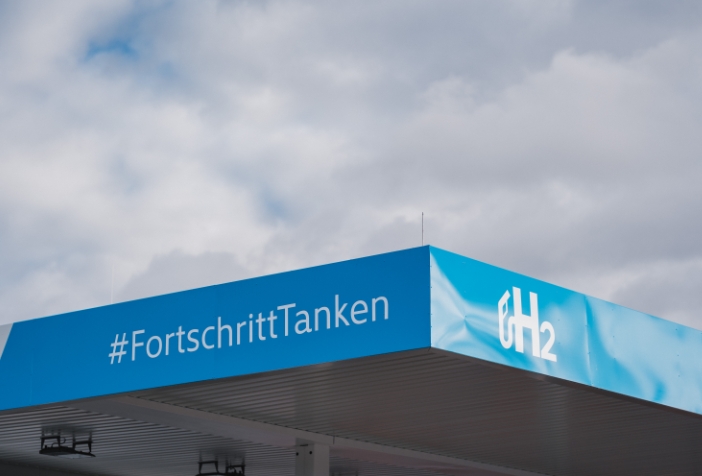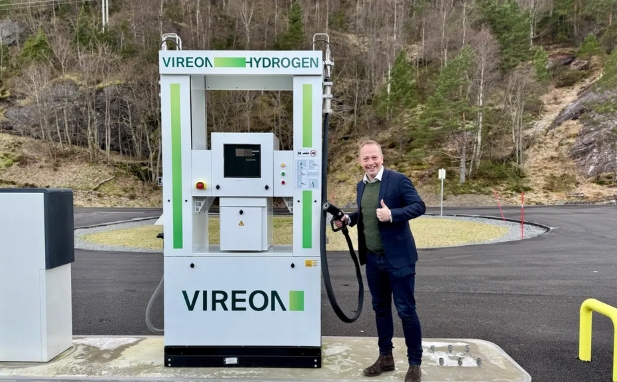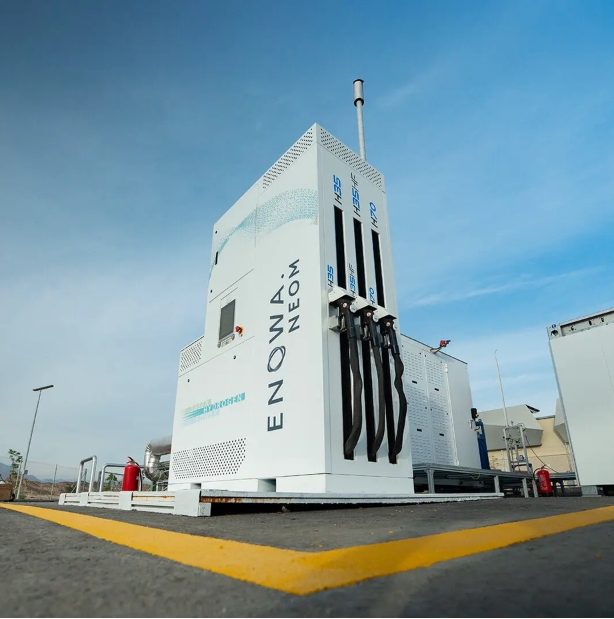As the offshore wind sector’s global expansion trend continues to grow, increased awareness of the risks and effects of climate change is likely to lead to a greater focus on decarbonisation efforts in both the supply chain, and means of component production, says a new report by the Energy Industries Council (EIC).
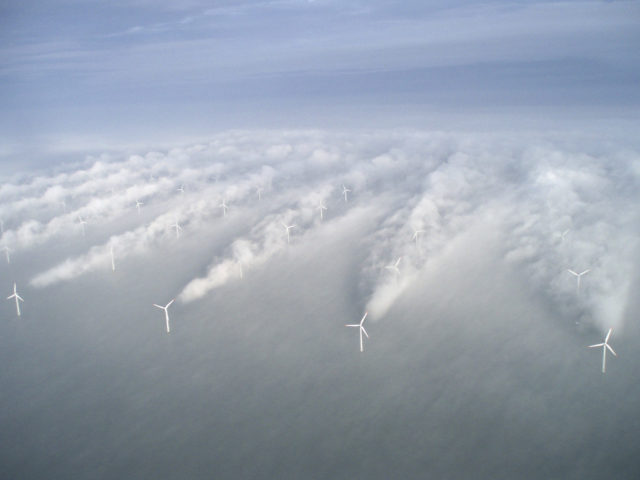 Aerial view of Horns rev wind farm in Denmark. Image credit: Vattenfall via Flickr
Aerial view of Horns rev wind farm in Denmark. Image credit: Vattenfall via Flickr
2019 saw the emergence of cross-sector and sector coupling discussions, particularly around decarbonisation of offshore oil and gas platforms and the production of ‘green’ hydrogen via electrolysis using offshore wind.
Speaking ahead of the release of the report Lara Juergens, senior analyst and author of the report, commented said, “The sector is expected to see strong growth throughout the next decades, not only in existing ‘mature’ markets, but equally in emerging ones. Examples of countries that have gained significant interest from developers and the supply chain alike in 2019 are Poland, Japan, Vietnam and Ireland.”
Key markets such as the UK, China, Germany, the Netherlands and Taiwan further strengthened their positions in 2019 as project pipelines were expanded and ongoing developments progressed with construction, bringing overall operational capacity to over 28 GW.
Launch of project activities in France also gained attention, after the French government decided to increase its installation targets and announced a 1 GW annual build-out ambition for the second part of this decade.
Additional key findings:
As more projects are added to the pipeline, concerns have been raised on the supply chain’s ability to meet global demand, particularly for vessels, skilled labour and fabrication shipyards.
Although forecasts on the operational capacity by 2030 vary between approximately 164 GW to 200 GW, there is little doubt in the industry that immense growth trajectory for offshore wind will continue.
The next few years could see important discussions on future supply chain engagement, effective project execution and whether the existing frameworks for offshore wind development remain fit-for-purpose.

